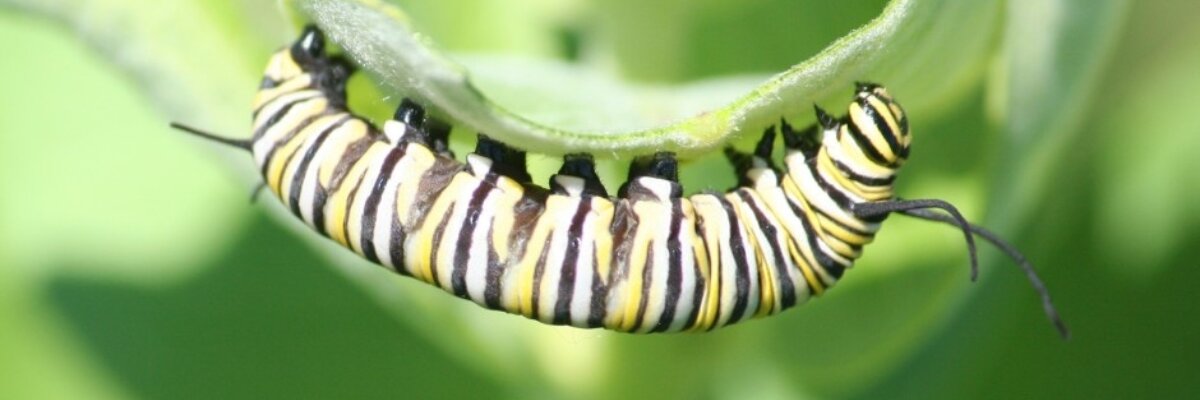
Endangered Species Act
- Are monarchs endangered?
No, the monarch is not listed as endangered under the United States Endangered Species Act.
The USFWS announced a proposed rule to list the monarch butterfly as threatened under the Endangered Species Act, accompanied by a 4(d) rule and critical habitat designation. Although this proposed rule does not immediately list the monarch under the ESA, it marks a significant step in the decision-making process for its protection.
You can read the December 2024 announcement here.
To learn more about monarchs and the Endangered Species Act, click here.
To learn more about the listing status of monarchs in Mexico, Canada, and under the International Union for Conservation of Nature (IUCN), click here.
- What is the Endangered Species Act and how do species get listed?
The Endangered Species Act (ESA) is a conservation law that is jointly administered by the U.S. Fish and Wildlife Service and the National Marine Fisheries Service. The purpose of the law is to "protect and recover imperiled species and the ecosystems upon which they depend" (ESA Overview). Species may be listed as 'endangered' or 'threatened'. The Service uses a Species Status Assessment framework to gather information needed to help inform the decision.
A Species Status Assessment (SSA) is used to better understand the species and inform the ESA decision. This scientific assessment is both repeatable and rigorous and seeks to evaluate the ability of a species to maintain self-sustaining populations over time. Upon its completion, the SSA provides not only an ESA listing decision, but also includes consultations, grant allocations, permitting, habitat conservation plans and recovery planning.
To read the ESA in its entirety, review a fact sheet, or find more information on the Species Status Assessment, visit the U.S. Fish and Wildlife Service website. You can learn more about the ESA and monarchs here.- Is the monarch migration at risk of extinction?
A recent publication indicates substantial probability for “quasi-extinction” of the Eastern monarch butterfly migratory population within 20 years if ambitious habitat restoration and conservation goals are not achieved. Quasi-extinction means that the population reaches levels that are so low that it would be unlikely to recover. To minimize this risk, national population targets have been set to restore the Eastern monarch overwintering population size to 6 hectares of space occupied in Mexico through the addition of habitat across North America, including about 1.5 billion additional milkweed stems. Achieving this population size may help the population rebound more readily after stochastic weather events, such as the major winter storm that occurred in the late winter/early spring 2016 at the overwintering sites in Mexico, which likely caused significant mortality of the butterflies remaining there. Read more here.
